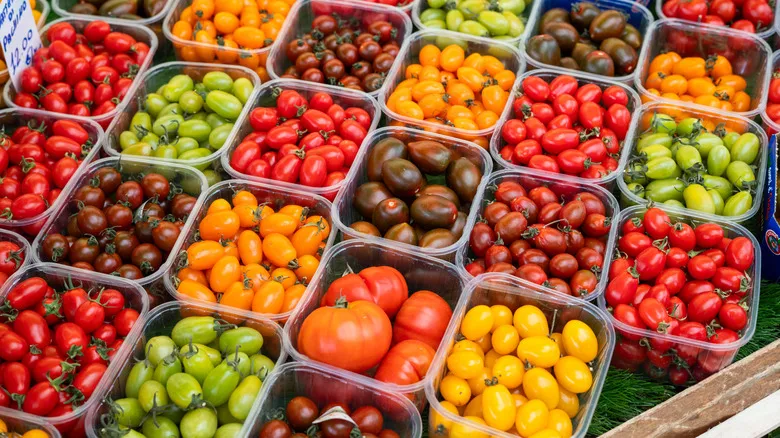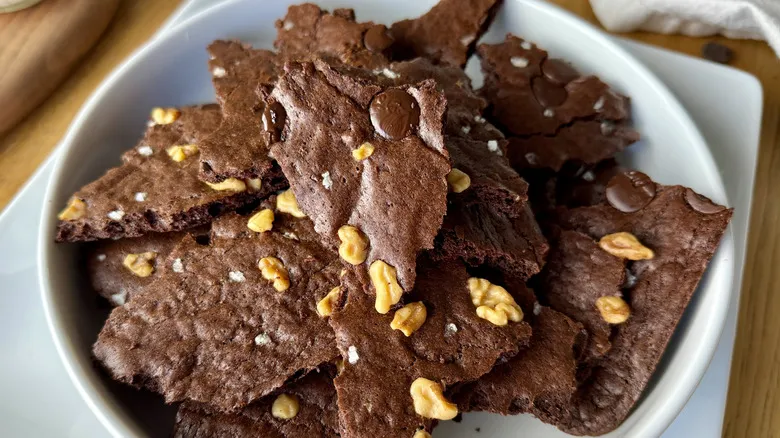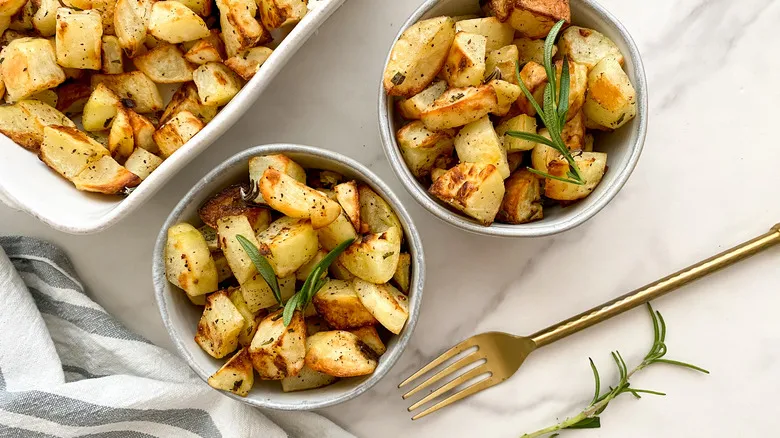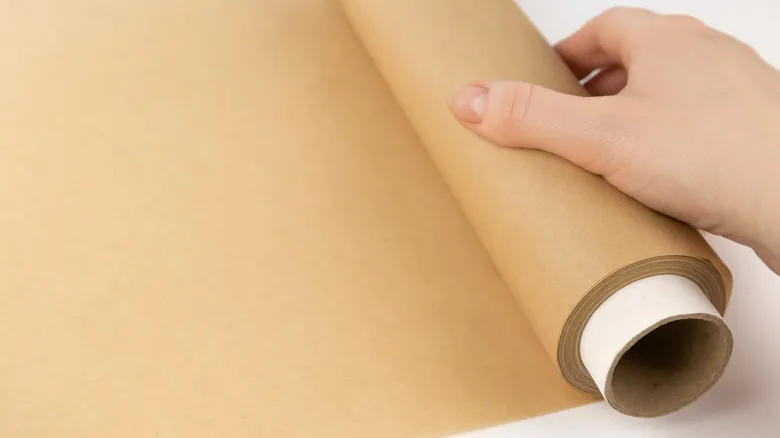Why small tomatoes do just fine in the winter
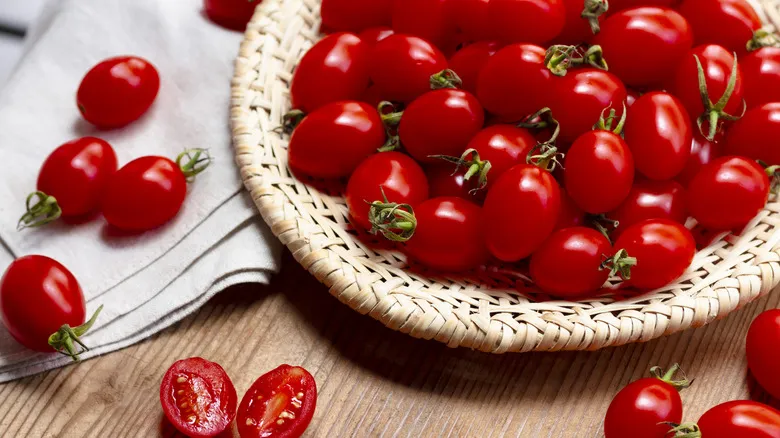
Why do larger tomatoes struggle in winter while smaller varieties remain largely unaffected? The key factor is the water content of the tomatoes and the timing of their harvest. Cherry and grape tomatoes retain their sweet, rich flavor due to their lower water content and compact size, whereas beefsteak or heirloom tomatoes tend to taste bland and appear pale in winter because of their higher water content.
During the winter months, over half of the tomatoes found in grocery stores are imported from Mexico. To account for transportation times, these tomatoes are typically picked while still green, lacking the opportunity to develop their natural flavor. They are often treated with ethylene gas to hasten the ripening process, resulting in a lackluster and flavorless product. In contrast, locally grown tomatoes are abundant in summer, allowing them to remain on the vine longer—until they fully ripen and develop their rich flavor.
In addition to their concentrated flavor due to lower water content, smaller tomato varieties thrive in controlled environments like greenhouses, reducing the need for imports from warmer regions. Ultimately, smaller tomatoes are the best choice in winter, providing a satisfying option until the arrival of sun-ripened summer tomatoes.
Recommended

How To Know When Sales Make Stocking Up On Grocery Staples Worthwhile

Joey Chestnut's Most Glorious Moments As A Nathan's Hot Dog Contest Champion

Avoid Buying This Sweet Treat From Walgreens When You Can
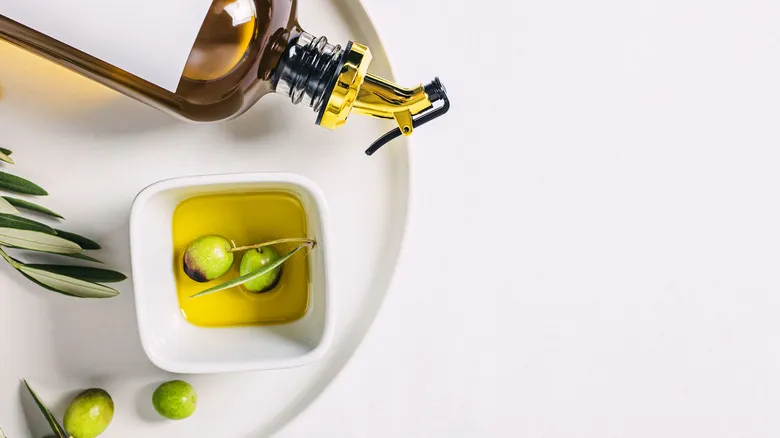
Why California Olive Oil Should Be The Go-To Choice For American Shoppers
Next up

